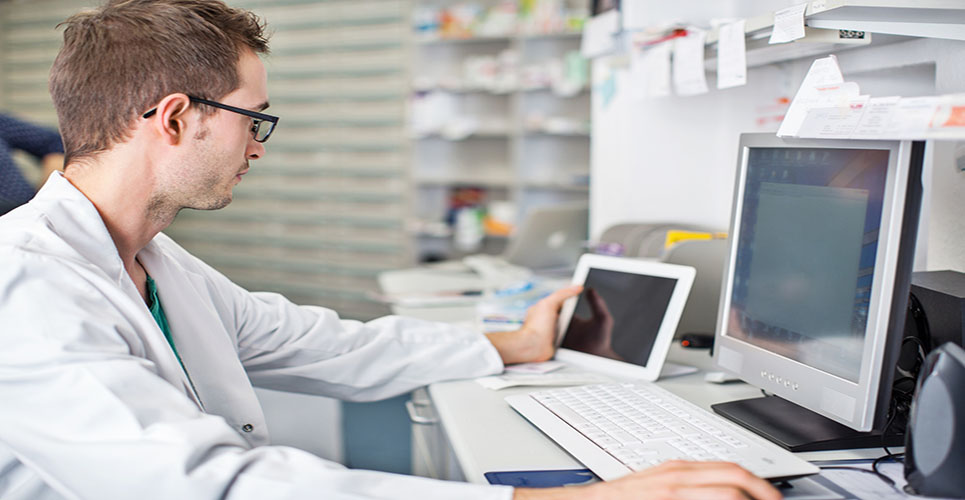teaser
Ray Fitzpatrick,
Consultant Editor
The columns of this journal often feature articles relating to new technologies, and this edition is no exception. I have previously proposed the need to evaluate critically such new technologies and publish experiences using them. Although the article on RFID approaches the subject in a cautious, balanced way, it acknowledges the potential benefits from such technology. The power of having information at your fingertips at the bedside is clearly demonstrated in the article on PDAs, and the error data in the article on smart pumps highlight the potential for improved patient safety.
However, we need to reflect on our motivations for wanting to use this new technology, since, as I have previously stated, this cannot be driven by wanting the latest “must-have” technological toy in the hope that it will improve our services. We need to be sure that the technology offers the best solution and be clear how it is going to meet our particular service needs – and, ultimately, the overall objectives of the organisation. As healthcare professionals we continually strive to improve quality, but those of us who manage services will also be looking for improved efficiency, as will our hospital managers. The potential impact of using new technologies in a coordinated way goes beyond improving the quality or efficiency of existing services. If one looks at all the articles on new technology in pharmacy that have appeared in this journal over the last 12 months, a vision emerges of how we can radically change the way hospital pharmacy services are delivered for the better. When some of us began our careers in pharmacy, the focus was on the product. Over the last three decades this focus has shifted to the patient as we have become more clinically involved. However, we still have a responsibility to provide high-quality products in a timely manner, but, in a cash-limited healthcare environment, there are not limitless resources to employ additional staff. In my view, appropriate use of new technology can allow us to discharge our responsibilities relating to the product whilst focusing our efforts on the patient.
Consider the hospital pharmacy department of the very near future, where a significant proportion of staff (pharmacists, technicians and assistants) are integrated into the hospital clinical environment, working directly with patients and clinical teams at ward and clinic levels. Technology provides them with up-to-date information at ward level, which informs the prescribing decisions they, or the doctors they advise, make. The prescription, or ward order, is transmitted electronically back to the pharmacy, where it is dispensed using automation. Medicines are ordered from suppliers electronically, and invoices are received and processed in a paperless way. Individual medicines are tracked throughout the supply chain with the help of technology, providing pharmacy staff with a clear audit trail and allowing wards to track individual prescriptions. Medicines are subsequently distributed to wards using air tubes or mechanically aided distribution logistics. At ward level, technology supports the administration of medicines to minimise administration errors, possibly using electronically controlled ward drug cabinets and the infusion software described in this edition. Accurate and timely information on medicines use is at the pharmacists’ fingertips, so that they can influence individual patient, or corporate, decisions on medicines management. In effect, technology can release staff from tasks previously undertaken manually, so that they can maximise their professional skills for the benefit of patients and the organisation. There has long been a vision that hospital pharmacies should not just be physical entities, somewhere in the hospital, that simply supply medicines. New technology can help pharmacies become closely integrated at all levels of the organisation, playing a central role in the medicines management agenda and in effect becoming a “pharmacy without walls”.

